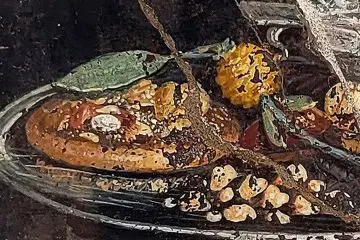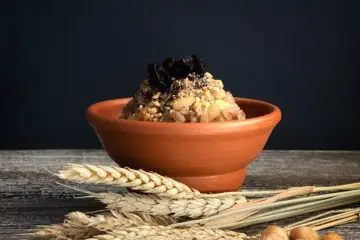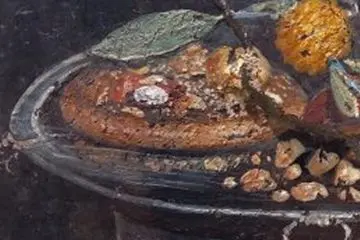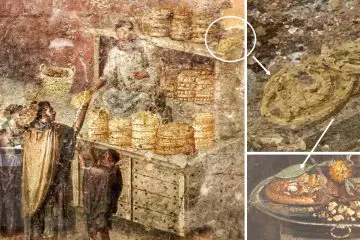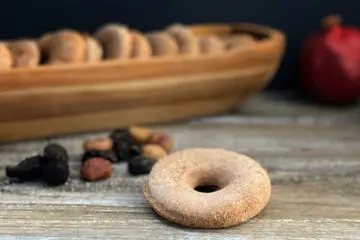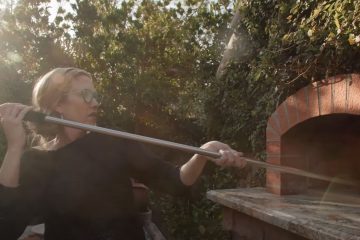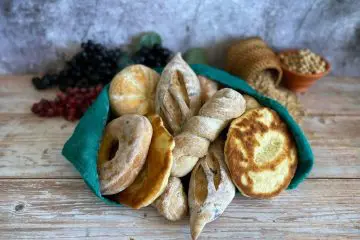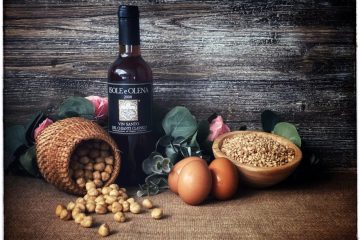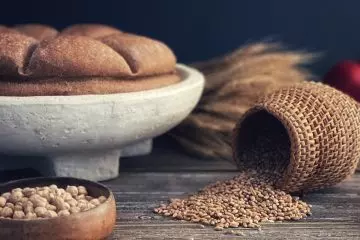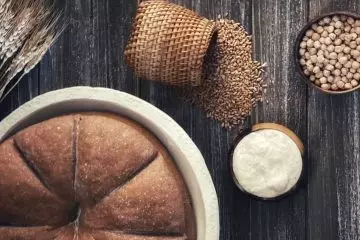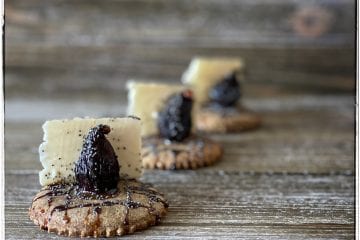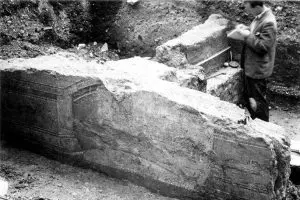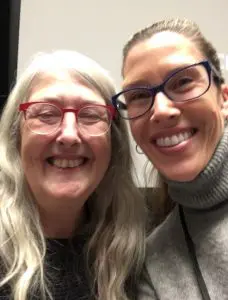A Pompeii è stato scoperto un nuovo affresco raffigurante una focaccia italiana. L’archeologa culinaria Farrell Monaco propone una ricetta per prepararla e spiega perché non è una pizza.

About the author:
Farrell Monaco is an award-winning Classical archaeologist and food-writer whose research centers on food, food preparation, and bread in the Roman Mediterranean. She writes regularly on the role of food and food preparation in Roman daily life on her site, Tavola Mediterranea, and publishes in both English and Italian. Farrell has also written exclusively for Atlas Obscura and BBC Travel. Her work has been featured prominently by National Geographic, Popular Science, The Atlantic, the BBC, The Guardian, The Economist, Esquire Magazine, SAPIENS Magazine, Verve Magazine, Saveur Magazine and Milk Street. In November of 2020, Farrell co-produced, wrote and presented a video on the history of the date palm fruit with The Getty Museum (Los Angeles, USA).

